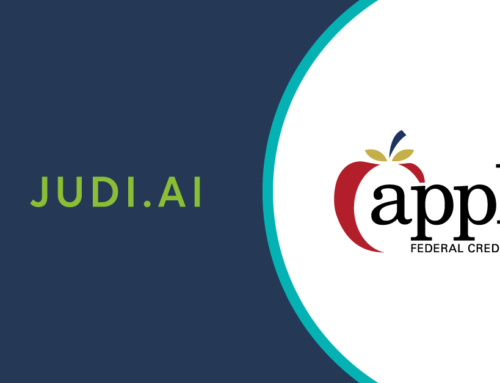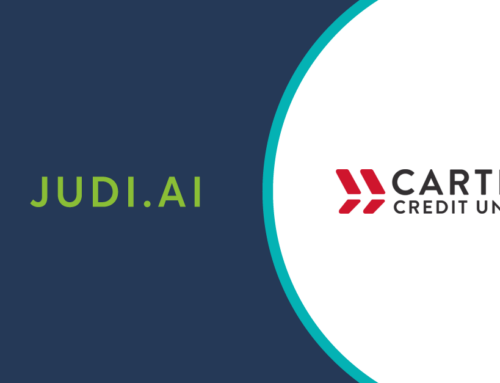Using Artificial Intelligence to Monitor Your SMB Loan Portfolio Health Beyond COVID
Cash flow data derived from bank statements has become an imperative input to SMB lending.
In our previous blog, we argued that the use of cash flow data extracted from bank statements has come of age. Why has this happened all of the sudden? It is new AI and machine learning approaches that have made this existing but under-utilized data source more accessible. And the COVID related downturn has made these real-time insights even more valuable.
Cash flow data will not only be critical in decisioning and underwriting. It is also of tremendous value in monitoring existing loans – think monthly/real-time automated reporting vs manually conducted annual reviews six months after year end (how much value are these really?).
Until recently, using banking data to decipher cash flow has been a “non-trivial” task to say the least. Think through even a basic credit application: a single location, single account small business. You would ideally want to see twelve months of historical bank statements to get a decent view of cash flow. Imagine even a moderate number of transactions – three pages of statements per month, 15 transactions per page. That’s north of 500 transactions. Historically that was a “print and highlight” exercise, and involved combing through the messy and cryptic bowl of spaghetti that a bank statement is. And once you have highlighted and taken manual notes – what are you left with as an output to work with? But now there is a better way…
We can use smart technology to ingest, organize and analyze banking data.
Data can be received and ingested in a number of ways from a number of sources – paper PDFs, digital PDFs, CSV files, account aggregators and API connections to core banking systems.
The organization gets more involved – transactions are first categorized (in our case using a proprietary machine learning driven categorization engine developed through the review of millions of transactions). They are then separated into traditional cash flow categories – operating, financing, and investing. From there we create partial “synthetic” financial statements – an output we are all used to working with. But now they are based on real-time source data, not unaudited financial statements that are six months old.
Last, the analysis. Once you have “statements” you (or software, more accurately) can perform traditional analysis, and create proxies for various traditional ratios and metrics. And on top of that, proprietary risk detection logic combs those statements for real–time risk signals – which were originally derived from our proprietary credit model (which in turn has been refined through the course of decisioning on in excess of $1 billion worth of small business loans).
There is much complexity involved in the above exercise that requires human–like deductive reasoning. Think of a missed wireless payment by way of example (which could be predictive of problems). A human could comb through months and pages of bank statements to see if any payments were missed or if any interesting pattern exists. That human would be applying context all the way through, looking to see if bills were paid either by cheque or credit card; determining whether a bill might have been issued on a different day; determining whether coding protocols are consistent (think Verizon vs VZN); scanning for recurring amounts, but also knowing amounts may vary. These are superficially simple yet operationally very onerous exercises; without automation we just don’t do them.
At JUDI.AI, we have looked at millions of banks transactions and built sophisticated technology and models to organize them and interpret them. We are happy to share our knowledge, walk you through a technology demonstration, or engage with you virtually at one of our upcoming webinars or events. This February, you can find us at the LCUC CRO Meeting, CUNA Business Lending Roundtable, Western Bankers Association Webinars and the 2021 CreditUnions.com Innovation Series (JUDI.AI is a Business Services & Lending Finalist – more on that later) .




